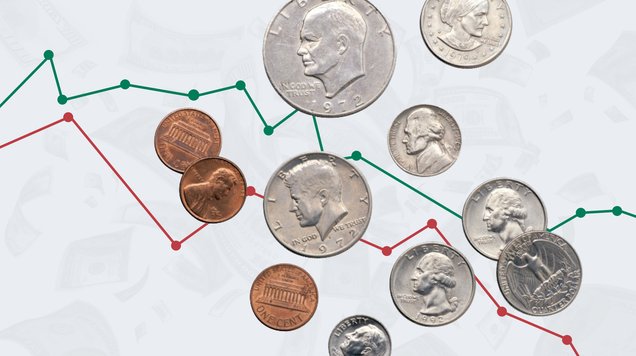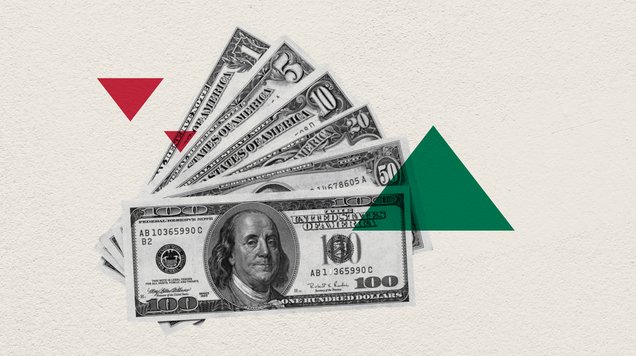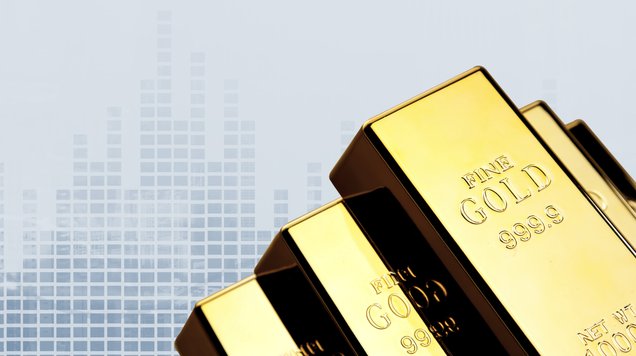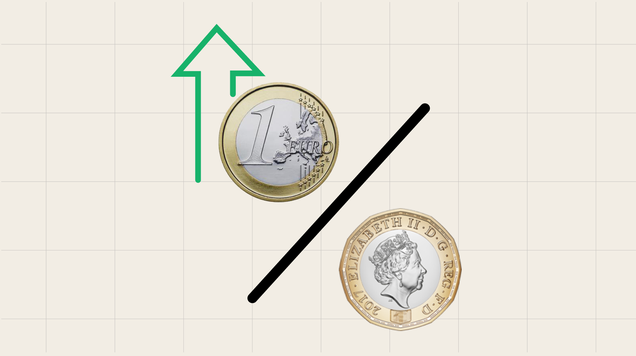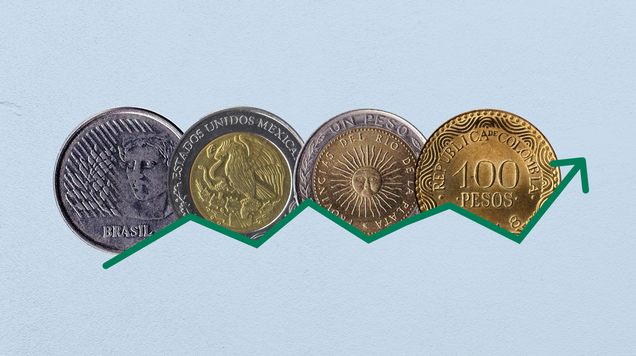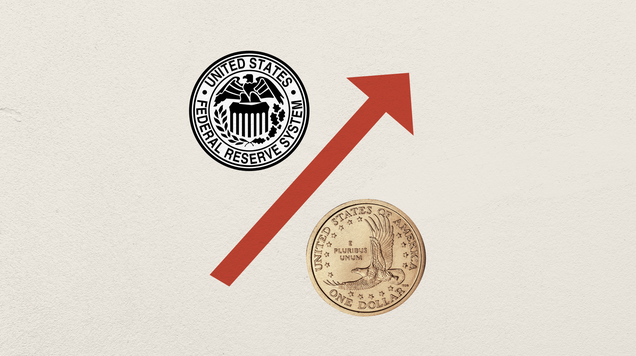The U.S. dollar's global grip: Is it weakening?
The Role of the U.S. Dollar in the World Economy

Why the U.S. Dollar Is So Powerful
How the U.S. Dollar Evolved into the World's Dominant Currency
What Is Dollarization?
Global Efforts to Reduce Reliance on the U.S. Dollar
Why Is the U.S. Dollar So Powerful?
For decades, the U.S. dollar has held a unique position as the world's most dominant currency. Since it was adopted in the late 18th century, the dollar has evolved into the foundation of the modern global financial system. Its stability and backing by the U.S. economy have made it the currency of choice for international trade and the leading reserve currency for central banks around the world.
How the Dollar Became the World’s Most Influential Currency
The rise of the dollar was a gradual process marked by key milestones. Initially, in 1837, the U.S. operated under a bimetallic standard where the dollar was pegged to both gold and silver. By 1900, the dollar shifted to a gold-only standard. In 1934, gold was officially priced at $35 per ounce.
This system remained until 1971, when President Nixon ended the dollar’s direct convertibility to gold—a pivotal moment known as the “Nixon Shock.” This move effectively ended the Bretton Woods system that had made the dollar the central currency in global trade and finance after World War II, overtaking the British pound in importance.
What Is Dollarization—and Why Do Countries Adopt It?
Since the end of the gold standard and particularly after the Bretton Woods agreement, several countries have either pegged their currencies to the U.S. dollar or adopted the dollar for domestic use. This process, known as dollarization, has become a strategy for countries facing economic instability, hyperinflation, or a lack of investor confidence. By relying on the dollar, these countries hope to stabilize their economies, attract foreign investment, and control currency volatility.
America’s Financial Powerhouse
The U.S. financial markets are the most liquid and influential in the world. Wall Street remains a global barometer—any shift in U.S. markets tends to ripple worldwide. The U.S. also boasts the highest concentration of the world’s most valuable companies. Perhaps most importantly, nearly 88% of all global foreign exchange transactions involve the U.S. dollar.
De-Dollarization: Is the World Moving Away from the Dollar?
De-dollarization refers to the global shift away from the U.S. dollar in reserves, trade, and finance. While the dollar still reigns supreme, cracks in its dominance are beginning to show.
The most immediate threat is America’s ballooning national debt. As of 2024, U.S. debt stood at $36 trillion—roughly 34.6% of the world’s total debt. The International Monetary Fund (IMF) projects that U.S. debt could surpass 100% of GDP by 2030.
Additionally, Washington’s increasing use of the dollar as a political tool—through unpredictable sanctions and financial restrictions—has prompted some nations to seek alternatives. This is particularly true for countries that find themselves at odds with U.S. foreign policy.
The BRICS Challenge
In recent years, economic blocs such as BRICS (Brazil, Russia, India, China, and South Africa) have gained momentum in efforts to reduce reliance on the dollar. These countries are exploring alternative payment systems and trade agreements that bypass the dollar, especially for energy and commodity transactions. BRICS is also actively courting oil-producing nations, aiming to create a parallel system that weakens the dollar's hold on global trade.
Could the Dollar Lose Its Global Crown?
Despite rising challenges, no currency currently poses a serious threat to the dollar’s dominance. The euro—its closest rival in terms of global reserves and trade usage—has faced persistent challenges, including internal EU conflicts, debt crises, and economic stagnation in several member states.
While de-dollarization is gaining attention, it's still a long way from dethroning the dollar. For now, the greenback remains the world's most trusted currency in trade, finance, and as a store of value.

